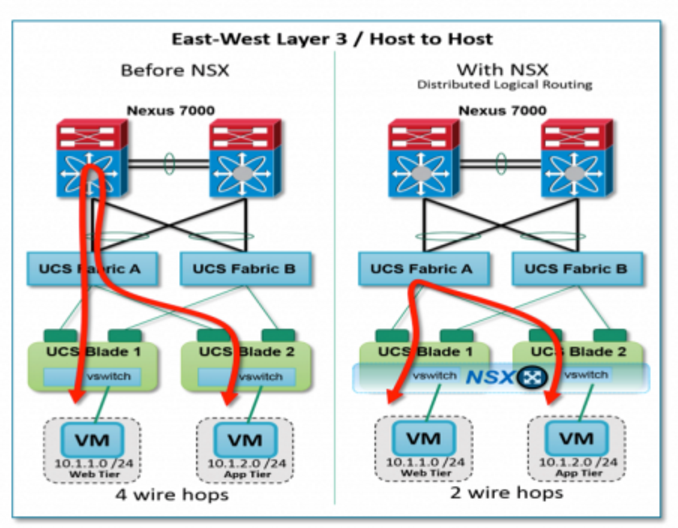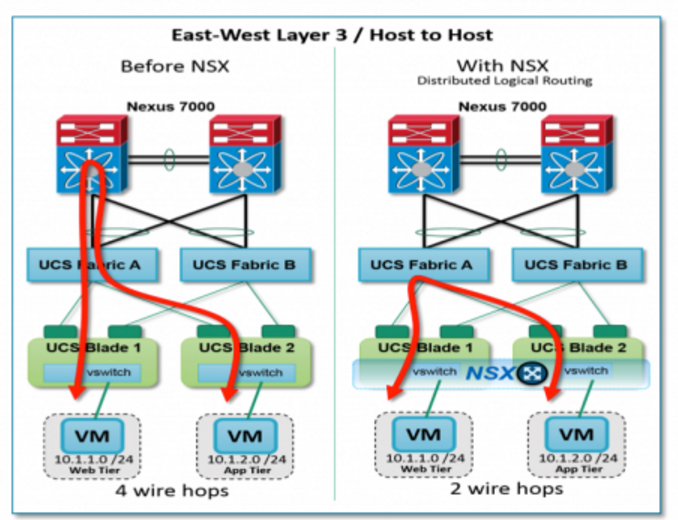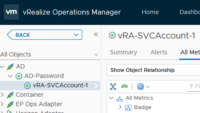Hair-pinning Solved with VMware NSX DLR
Hair-pinning Solved with VMware NSX DLR – In this short blogpost we would be discussing the advantages of deploying NSX DLR in your environment and how it can avoid hair-pinning.
So what is Hair-pinning ? – Lets understand this by a scenario, If you have virtual machines which are on the same switch, the same host and on the same subnet these VMs can talk to each other through the motherboard which represents the software layer, this is more secure and also uses less bandwidth.
But when we have VMs which are on the same switch, the same host but not on the same subnet for the communication to take place the traffic needs to leave the software layer and the VMs send the traffic to the default gateway, this default gateway may be configured on a router, so when the traffic is sent it goes through the default gateway to the router and the router sends it back to where it came from, so this results in a hairpin turn as shown in the first part of the figure below, we have around 4 hops here.

So how can we solve this with NSX , as we know that the DLR component in NSX makes sure that every interface created on it replicates to all the hosts, that means that it does not matter where the VMs are placed and on which host they are on, the default gateway is local to the host and hence helps in avoiding the hairpin effect, effectively this allows us not to go out of the software container and come back in. Internally DLR communicates to the Controller Cluster about the routing table, the controller cluster tells back the DLR that your destination can be found within the DLR itself
i hope you enjoyed this blog post on how “Hair-pinning gets solved with VMware NSX DLR” and found this information useful.
Do check out some of my other Posts on NSX
- VMware NSX PowerShell Installation and System Requirements Part-1.
- VMware NSX : Why we need it in SDDC.
- VMware NSX Components & Architecture
- Vmware NSX Controller Cluster creation using PowerShell
- VMware NSX Logical Switch and DLR config GUI-API





